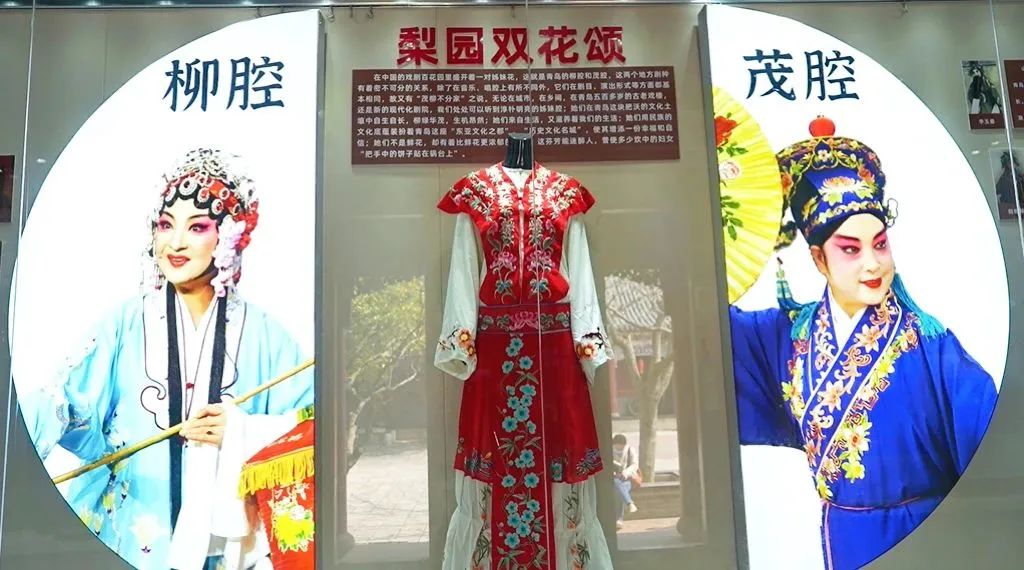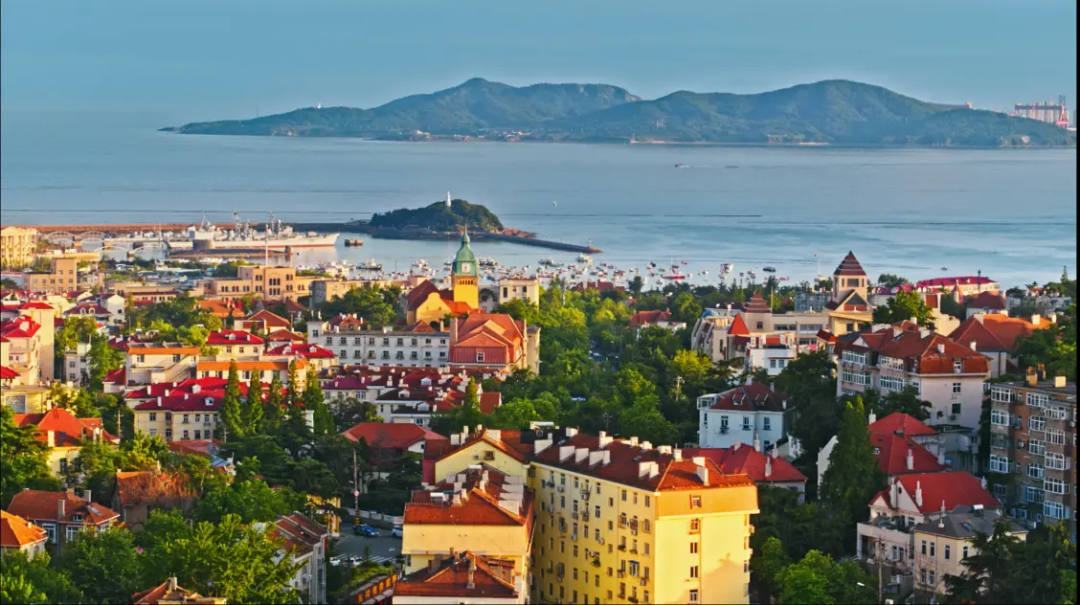Qingdao’s wellness tourism route includes former residences of celebrities, Internet-famous spots and natural scenery. Let’s embark on this healing journey together.
Built in 1467, Tianhou Palace has witnessed Qingdao’s development for hundreds of years. Nowadays, it also known as Qingdao Folklore Museum, with a collection of more than 1,000 relics, which is a must-see place to learn about Qingdao’s history and folk culture.

Villa Anna, founded in 1901, has experienced the changes of Qingdao. Today, it has become a testimony of love— the city’s first romantic marriage ceremony hall, which, together with adjacent Haishishanmeng Square, has become the popular destination for couples.

Christ Church on Jiangsu Road is a typical German castle-style building, consisting of 2 parts: the bell tower and the auditorium. The bell tower is 39.1 meters high, and you can overlook the sea when you climb up the tower, and the auditorium can accommodate more than 1,000 people.
Kang Youwei’s former residence memorial is one of the first German-style buildings in Qingdao. It was Kang Youwei who first summarized Qingdao’s character as “red tiles and green trees, blue sea and azure sky”, which is till preserved and proud of today.
The former residence of Zhao Taimou, located at No. 7 Longjiang Road, was built in 1935 and is a typical European idyllic style villa. A few dozen meters away is the former residence of Lao She, where Mr. Lao She lived from 1934 to 1937 and wrote his famous novel “Camel Xiangzi”. Nowadays, this place has become the “Memorial Museum of Lao She”.

From Signal Hill, tourists can overlook all the above scenery, and appreciate the “red tiles and green trees, blue sea and azure sky” of Qingdao. Then you can better understand why so many people must come here to enjoy the comfortable trip of mountain and sea.
(By Yang Jiming)




